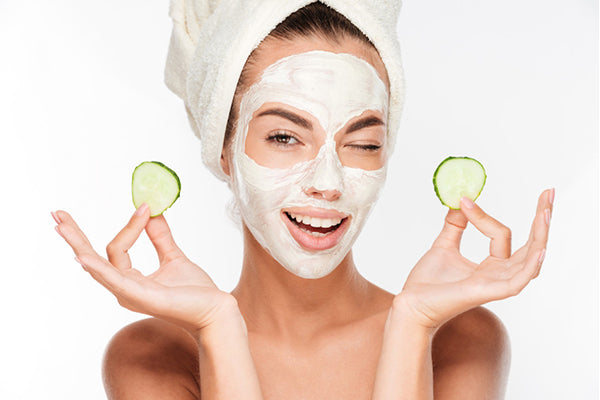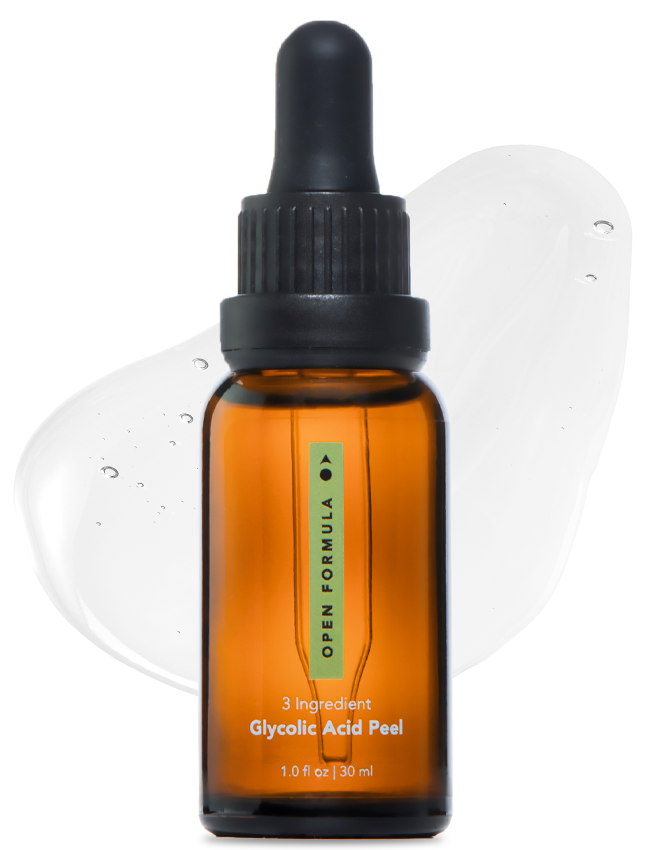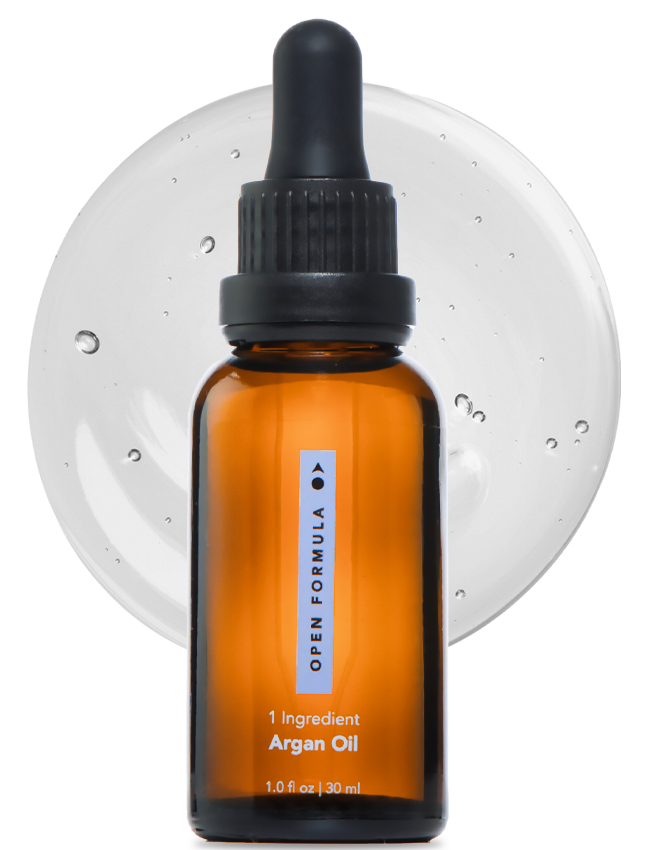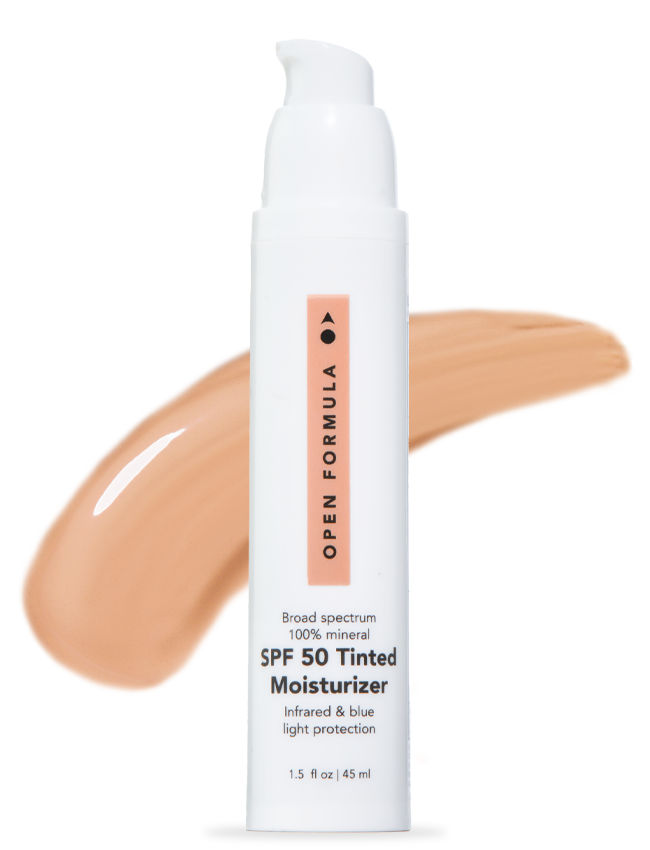Skin is always in, especially when it's healthy and glowing. And learning how to take care of your skin can be simple and straightforward. No gimmicks. No joke.
Skincare truly comes down to the function a product or ingredient serves. It’s not just about using a series of products. Use products that fit into three main functions: prep, preserve, and protect.
How To Take Care of Your Skin
Taking care of your skin takes only 3 main steps: prep, preserve and protect. No matter your skin type you need to prep your skin by cleansing and exfoliating away dead skin cells, makeup, oils, dirt, and SPF.
- Prepping sets the stage so your skin will absorb the benefits of the following skincare ingredients most effectively.
- Preserve is all about keeping all the healthy qualities your skin currently has––this is where you apply your restorative treatments.
- Protect means you add products and ingredients that keep skin from being damaged by the sun, the environment, and bad habits.
Let’s dive into prep, preserve, and protect.
Prep
Prep begins with cleansing. Use a gentle cleanser that doesn’t dry out your skin. How will you know if it’s overly dry? If your skin feels tight after cleansing, then the product is removing too much oil. Oil cleansers are highly recommended as they have a two part process: rubbing oil on dry skin, which melts makeup and dirt, then adding some water, which turns the oil into a mild foaming cleaner.
- Toning (optional). If you choose to tone, the most important part is the technique used, not the ingredients. Since toning is part of the cleansing process, spray the toner on a cotton round and rub it around your face for a minute. This removes any leftover makeup, SPF, dirt, and oils, while also bringing the skin’s pH to balance.
- Exfoliating. Exfoliating 3-4x a week is a must. The skin sheds 10,000 of cells daily and exfoliating aids in getting those cells off your skin’s surface. If cells build up they can mix with oils, makeup and bacteria and turn into a breakout. Or if you skin is drier, dead skin cell build up leaves the skin looking dull and increases the appearance of fine lines and wrinkles. Use an exfoliating acid like glycolic or lactic for best results.
Preserve
Skin that looks younger is rich in antioxidants that reduce pigmentation and uneven skin tone.
Antioxidants fight sun damage. Exposure to the sun or pollution take their toll by damaging cellular DNA. Over time the damaged skin shows early signs of aging. Antioxidants repair the damaged cells, bringing the skin a healthier younger look.
Skin that looks younger also produces more collagen and has a faster skin cell turnover rate. Ingredients that increase collagen and elastin for bouncy skin including peptides and retinoids.
Peptides signal the skin to perform specific tasks like increasing collagen production in the cellular matrix. Or they can kick start enzymes to stop specific chemical reactions that we don’t want to happen, like the ones that contribute to collagen breakdown.
Retinoids are perfect for everything from antiaging to acne. They increase collagen and elastin production, reduce inflammation, increase cellular turnover, balance oil production and improve skin tone and texture.
Finally, skin that looks younger is well hydrated and plump.
Products that lock in moisture like hyaluronic acid serum, moisturizers, and oils including argan, jojoba, marula and rosehip oil, are a must for preserving skin health.
Protect
The final step is protecting your skin from sun damage - the #1 cause of signs of aging. This step is simple. It’s all about using SPF, everyday summer, winter, fall or spring. Choose an SPF that is broad spectrum and at least SPF30.






























